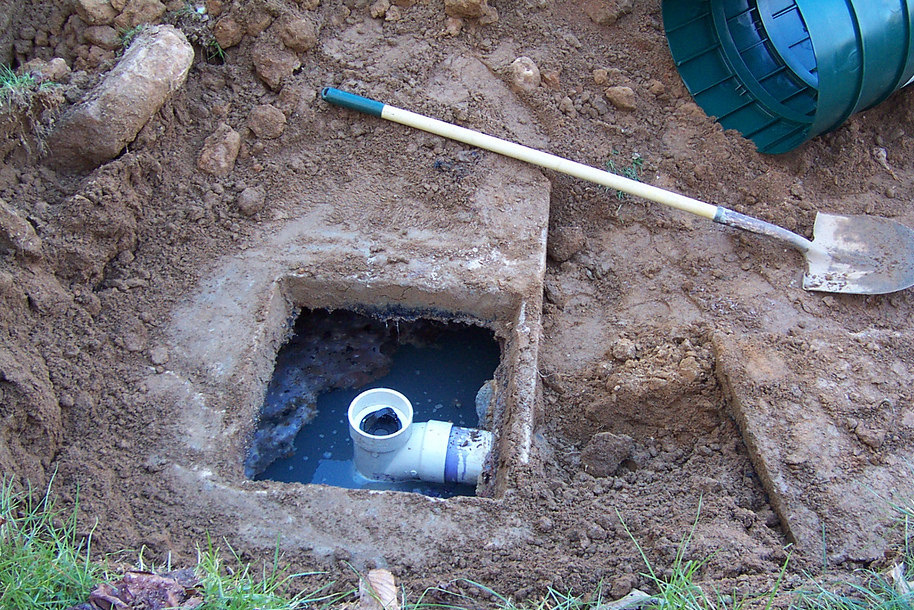Septic tanks are a vital element of the wastewater management process for homes that are not connected to municipal sewer systems. When choosing the appropriate septic tank property owners have two primary options to consider the concrete option and precast. Both come with distinct aspects and advantages. By understanding the differences, property owners are able to make an informed decision regarding a sustainable method of disposal for wastewater.
Septic tanks, also known as underground chambers collect processes, distributes, and collect wastewater from commercial and residential properties. These tanks are crucial in the process of treating wastewater. They provide security of the disposal process and protect wastewater, while also preserving the environment.

Which septic tank is right for You: Concrete or Precast?
Concrete septic tanks have always been a popular choice because of their durability and longevity. Concrete septic tanks, which are built on site using the poured cement, are famous for their strength and durability. However, the procedure of installing for concrete tanks is labor-intensive and time-consuming.
On the other hand, precast septic tanks can be constructed off-site before being delivered to your property for installation. They are made within controlled environments to ensure an even quality and strength. Precast tanks offer an advantage of installation speed that is faster and reduced labor costs.
Owners of homes looking to upgrade or replace their septic tanks discover that precast tanks have several benefits. Precast tanks can be assured that they meet the highest standard of quality because of the manufacturing process that is controlled. Installation is also a quick and effective process that can reduce the overall duration of projects.
Maintaining Your Concrete Septic Tank: Tips for Long-Term Durability
Although concrete septic tanks are known for their durability, regular maintenance is crucial to ensure long-term performance. Regular inspections and pumping are essential to prevent issues like obstruction or structural damage. The property owner should also be aware of the substances and chemicals used in the septic system to stop damage.
Environmental aspects are taken into consideration when designing precast septic tank. They are constructed using sustainable methods and techniques, thus minimizing the amount of energy and waste that is produced. Precast tanks are durable and durable, reducing their environmental impact.
Property owners should take into consideration their individual needs and characteristics when deciding on whether to install a septic tank. The soil type, property size, and local regulations can influence the choice between concrete tanks and precast tanks. Property owners can make informed decisions by consulting with experts.
The role of septic Tanks in Sustainable Wastewater Management
Septic tanks play an important part in the sustainable management of wastewater by providing a cost-effective method for treatment and disposal of household effluent. Properly maintained septic systems contribute to protecting groundwater as well as surface water, and preserve the ecological integrity of local ecosystems.
The selection of the correct size of septic tank is vital to ensure efficient wastewater treatment, and to avoid overflowing the system. When determining the right tank size, you should take into consideration factors like the size of the property as well as the amount of water utilized and the amount of occupants. Proper sizing is crucial for the proper treatment and disposal of wastewater.
Precast septic systems are made using modern processes that produce high-quality and reliable solutions for wastewater treatment. These tanks comply with industry standards and provide homeowners a reliable and low-maintenance option for their the management of wastewater.
Regular maintenance is necessary for septic tank systems to operate optimally and last for as for as long as is feasible. The recommended maintenance schedules must be adhered to by property owners. These includes inspection, pumping and monitoring the system. By taking care of maintenance in a timely manner, property owners can save money on repairs and maintain the performance of their septic tank system.
In the design phase, a septic system designed for the sustainable management of wastewater is essential. The system must be designed according to the property’s specific needs, whether it is precast or concrete. It must also ensure that wastewater is properly treated and efficiently disposed. Expert design and installation assist owners in building solid septic systems that are durable and efficient. See more at Concrete septic tanks near me
The Economic and Environmental Impact of upgrading to a precast Septic Tank System
Precast septic tanks that are upgraded could be beneficial to the environment and property owners. The shorter installation time and associated costs for labor with precast tanks can lead to costs savings for property owners. Precast tanks also aid in sustainable wastewater treatment techniques due to their environmental benefits.
The final decision is to select the right septic tank system is an essential decision to property owners in search of sustainable solutions for managing wastewater. If you decide to go with concrete or precast property owners should consider the durability of the system, its efficiency along with long-term maintenance costs as well as the impact on the environment. With the right information homeowners can be sure of the longevity and effectiveness of their septic tank systems for long-term use.